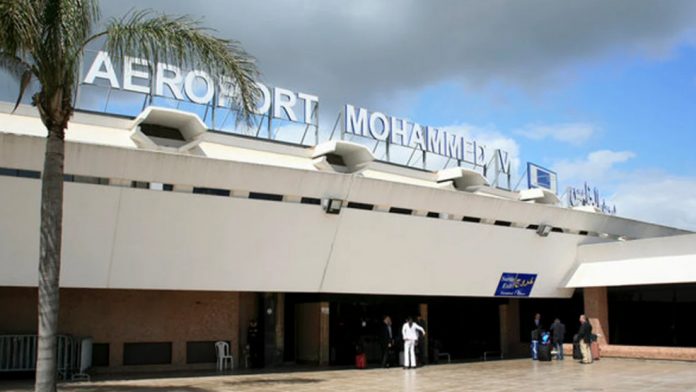A new high-tech baggage handling facility is now up and running at Mohammed V Airport in Casablanca, promising to dramatically streamline luggage transfers and boost the airport’s overall efficiency. Housed in a fully revamped 15,200-square-meter logistics hub, this state-of-the-art center is designed to ease baggage congestion, particularly for connecting flights, while enhancing operational performance.
Dubbed the Fast Baggage Center, the facility is managed by Morocco’s National Airports Authority and is a key component of the “Airports 2030” strategy. The goal is ambitious: double the airport’s baggage sorting capacity while slashing processing times. According to airport officials, the system can now handle up to 6,000 bags per hour, reducing average transit time to just five minutes.
At the core of the system are two automated sorters, each dedicated to either short or long layovers. These machines are backed by cutting-edge security technology, including high-performance scanners and internationally certified explosive detection systems. The advanced setup ensures a high level of safety while maintaining rapid throughput.
The centralized layout, paired with intelligent indexing software and an integrated monitoring system, not only secures the entire baggage route but also cuts energy consumption by 15 percent. This development is seen as a strategic move to support Royal Air Maroc’s growing operations, especially its expanding network across Africa.
The center is also expected to relieve pressure on the airport’s traditional baggage circuits, speeding up delivery times for arriving passengers and enhancing the travel experience overall. While the facility is now fully operational, a gradual adjustment period is planned to fine-tune its performance and ensure a smooth ramp-up.
With the Africa Cup of Nations just months away, this new infrastructure represents a significant leap forward in modernizing Morocco’s airport services. The National Airports Authority sees it as a strong signal of the country’s readiness to meet future logistical challenges and raise the bar for service quality.





